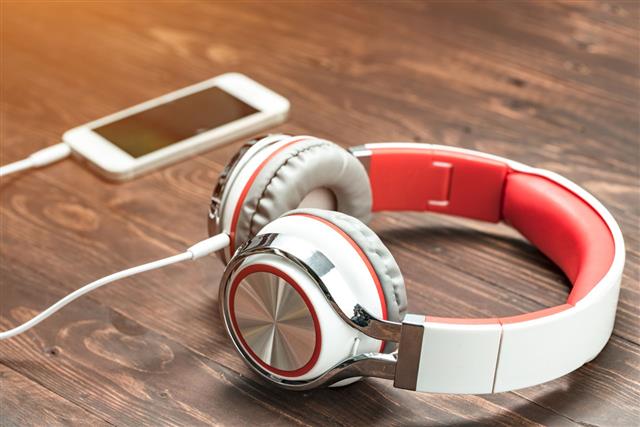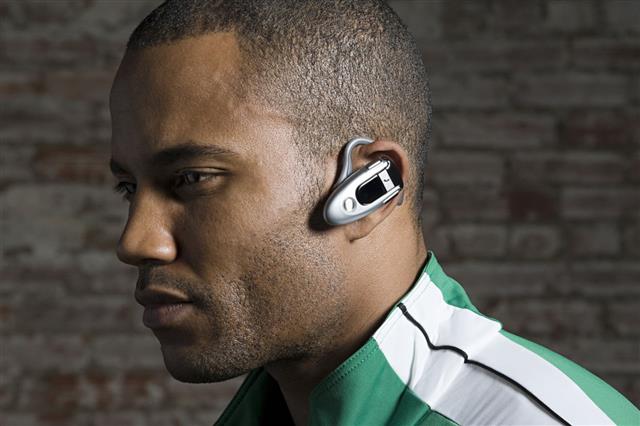
There are many people who are not aware of cell phone call recording. If they are informed about this technology, they surprisingly ask if it can really be done. If you too are wondering how to record cell phone calls or use the cell phone call recorder, just read on…
As technology gets more and more advanced, new techniques and facilities become available. Same is the case with cell phones and the techniques that allows us to record cell phone calls. Let us find out more about it.
Cell Phone Call Recording
Recording cell phone calls allows you to access and listen to the actual conversation that was done during the call. There are a few people who record calls related to critical situations for further reference. Moreover, there are also many techniques that can be used for this purpose; of which, some are not well-known though. Before recording a cell phone conversation, you first need to ensure that it is legal in your state. In some states, it is illegal to record conversations without the consent of the other party.
Recording Facility in a Cell Phone
A majority of the latest mobile phones have the facility of recording ongoing calls. This is probably the easiest way of storing the call recordings. It is just a matter of using the appropriate buttons for starting the recording process. If you have a mobile phone that has this feature, and you want to record a conversation, initiate the call.
A majority of cell phones will not allow you to start the recording procedure unless the call is in progress. During the call, press the ‘options’ or ‘preferences’ button displayed on the screen, depending on the type of cell phone you have, and select the ‘record’ option. After you have pressed this button, you will see a timer indicating that the recording is in progress. Few cell phones may have a time limit on the call recording. When the call is ended, the recording will stop too. You also have the option of stopping the recording before the call ends. On some cell phones, a beep may be heard during the record, which indicates that the call is being recorded.
Recording Using a Cell Phone Call Recorder
If you do not have a cell phone with the in-built recording function, you can use a cell phone call recorder. The popularity of this device is growing. It is mostly used by business entrepreneurs for the purpose of recording important corporate calls and transactions conducted over the phone. Moreover, it is also used for personal use. Typical cell phone call recorders have a particular adapter that has to be plugged into the cell phone, so that the calls can be recorded.
Using a Call Recorder Card
This is one of the latest technologies in recording phone conversations. As a result, a majority of people do not know about it. The call recorder card is a service that enables access to all recorded calls and transactions without the need of connecting any physical component to the cell phone. This service instantly records all outgoing and incoming calls, along with all details such as caller ID, date and time.
The calls are digitally recorded and you can get access to the recordings over a toll-free number of the service provider, or through his website. You can even download and save the call recording from the website in MP3 format. This service is currently available in a prepaid format.
Using the Internet
If you access the Internet you will find plenty of software which can simplify this task for you. Some of these applications can also store your conversations at a secure server or computer which can be downloaded at leisure. A conversation stored on a cloud-based service stays there forever, unless deleted by you. As a starter, you can register with these service providers, and take advantage of their services on trail basis, and know if it really works for you.
Before you record any cell phone conversations, especially those with your business associates, make it a point to inform the other party, and ask permission from him/her to do so. Well, you may like to make an exception when it comes to recording your personal calls.


